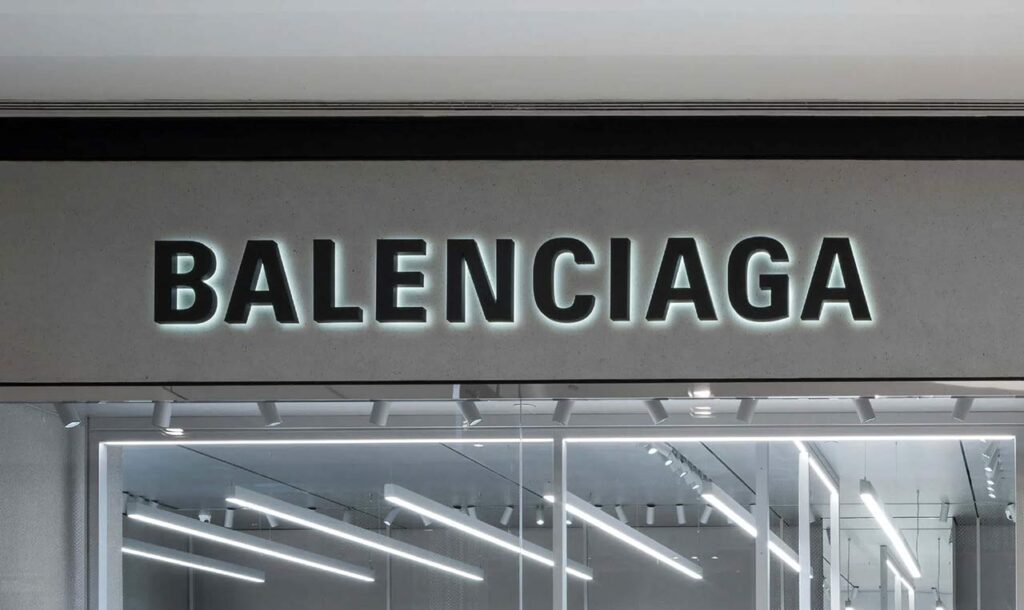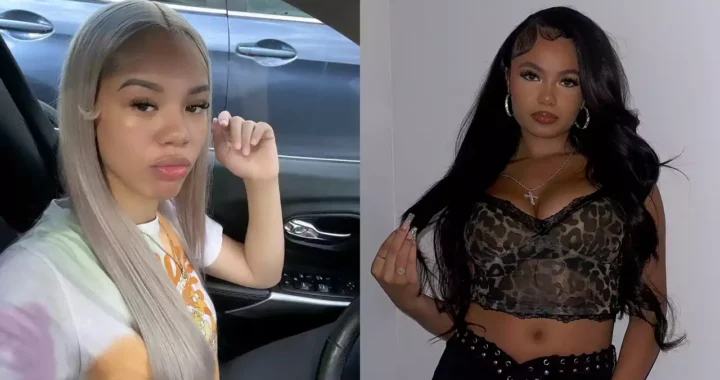What did The New York Times write about the Balenciaga ad campaign and QAnon conspiracy theory?
3 min read
Since Balenciaga launched its controversial ad campaigns earlier this month, the brand has faced significant backlash. A recent advertising campaign for the brand’s Gift Shop collection featured children holding plush bear purses and wearing clothes influenced by BDSM and bondage. As part of its advertising campaign for Summer 2023, Garde-Robe displayed a printout of the 2008 Williams vs. The United States Supreme Court ruling on child pornography laws. Outrage over the ads led to the removal of both from all platforms. An article in The New York Times about the scandal titled “When High Fashion and QAnon Collide” sparked controversy as well.
Besides providing details about the two advertising campaigns, the article also discussed how they caused a “firestorm” from the internet to Fox News. Moreover, the story attempted to shed light on the allegations that Balenciaga allegedly condoned child abuse on the internet. Netizens criticized the publication for referring to the Balenciaga ad campaign and QAnon conspiracy theory in relation to a sensitive issue as the article made its way around the web. The controversy also led to some discussing how it was a “terrible narrative” to share.
It's a really terrible narrative to put out there. A losing one politically too.
— Adam B. Coleman, President of Aintblackistan (@wrong_speak) November 30, 2022
An Article In The New York Times About Balenciaga Ad Campaign And QAnon Conspiracy Theory Sparked Controversy
An American political conspiracy theory called QAnon revolves around claims and speculation made by an anonymous individual referred to as “Q.” During Trump’s term as president, a global trafficking ring operated by Satanic and cannibalistic child abusers conspired against him. According to this theory, a “cabal” of Satanic and cannibalistic child abusers conspired against him. A number of people have been accused of being part of the cabal by Qanon followers, including Democrats, Hollywood actors, government officials, and business magnates. As QAnon conspiracy theories spread on the internet, a political movement grew out of them. In 2018, members of the movement appeared at Trump’s reelection rallies and later participated in overturning the US presidential election results in 2020. The New York Times published an article on the recent scandal surrounding Balenciaga’s controversial advertising campaigns, focusing on the intersection of “high fashion” and “QAnon.”
In the story, Demna Gvasalia was briefly discussed as the artistic director of Balenciaga in 2015, and the latest ad campaign scandal was discussed in detail. A brief mention was made of the string of controversies associated with Balenciaga There were allegations that Balenciaga condoned child exploitation that fueled the firestorm that travelled from the internet to Fox News, resulting in the controversy, which was described as an explicit collision between the internet culture, politics, fashion, and conspiracy theories. The article also noted how the Balenciaga controversy gained a lot of media attention after being covered by right-leaning outlets such as The New York Post and Tucker Carlson Tonight. An article in the New York Times involving the QAnon conspiracy theory in relation to the scandal also came under scrutiny as a result of continuing criticism of Balenciaga’s controversial child ad campaign. The story prompted several social media users to take to Twitter. The outrage against the brand’s inappropriate campaign, according to many, does not have a political motive and has nothing to do with the QAnon conspiracy theory.
BALENCIAGA should never be forgiven ever.
— Oli London (@OliLondonTV) November 24, 2022
Their kids campaign has dozens of sick references that are so obvious. So many dark symbolism. Truly unforgivable and criminal.
Balenciagas executives must be held accountable! #balenciaga #BalenciagaGate #BalenciagaGroomers pic.twitter.com/KJ7rTxsqcq
So @nytimes ran the Balenciaga story with the headline “When high fashion and QAnon collide”…um, what?! Taking advantage of children isn’t political or a conspiracy theory. We all saw the campaign. This is why trust in the media is dying. pic.twitter.com/DMDLgjDgMF
— Marlene | Life with Mar (@lifewithmarblog) November 30, 2022
New York Times at its best, comparing people who didn’t like Balenciaga’s campaign photos with QANON 🤣 pic.twitter.com/SdqxHX20gl
— ProfeshSnorer (@ProfeshSnorer) November 30, 2022
It was barely a month ago that The New York Times was worried that Ye's "white lives matter" stunt would corrupt the Balenciaga brand.
— Libby Emmons (@libbyemmons) November 30, 2022
Now they claim concerns over Balenciaga's penchant for child exploitation in advertising is just a QAnon conspiracy. 🧵
Also Read: TJ Holmes shared cryptic Message amid Amy Robach rumours



